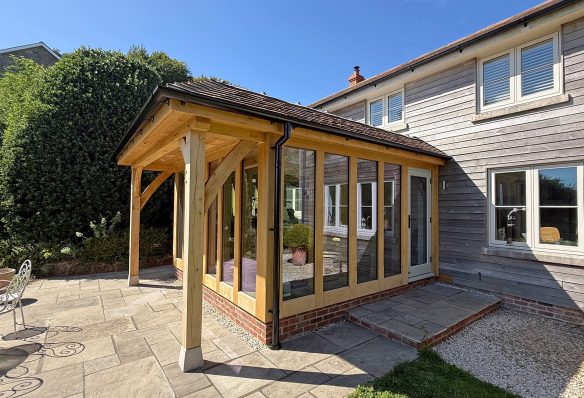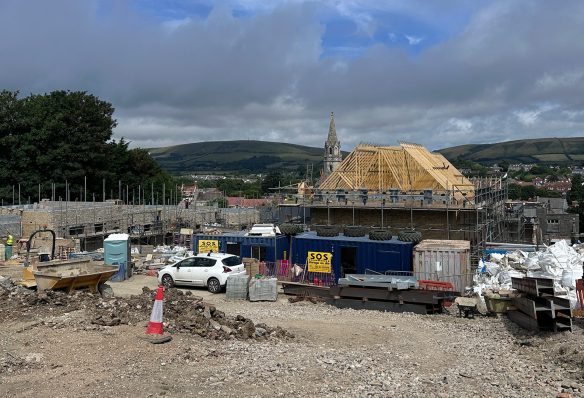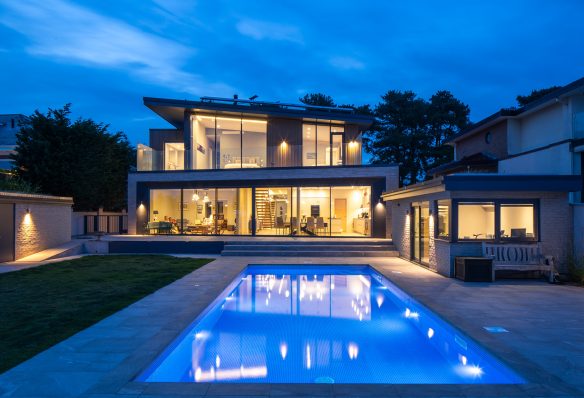Improving your Class Q Approval
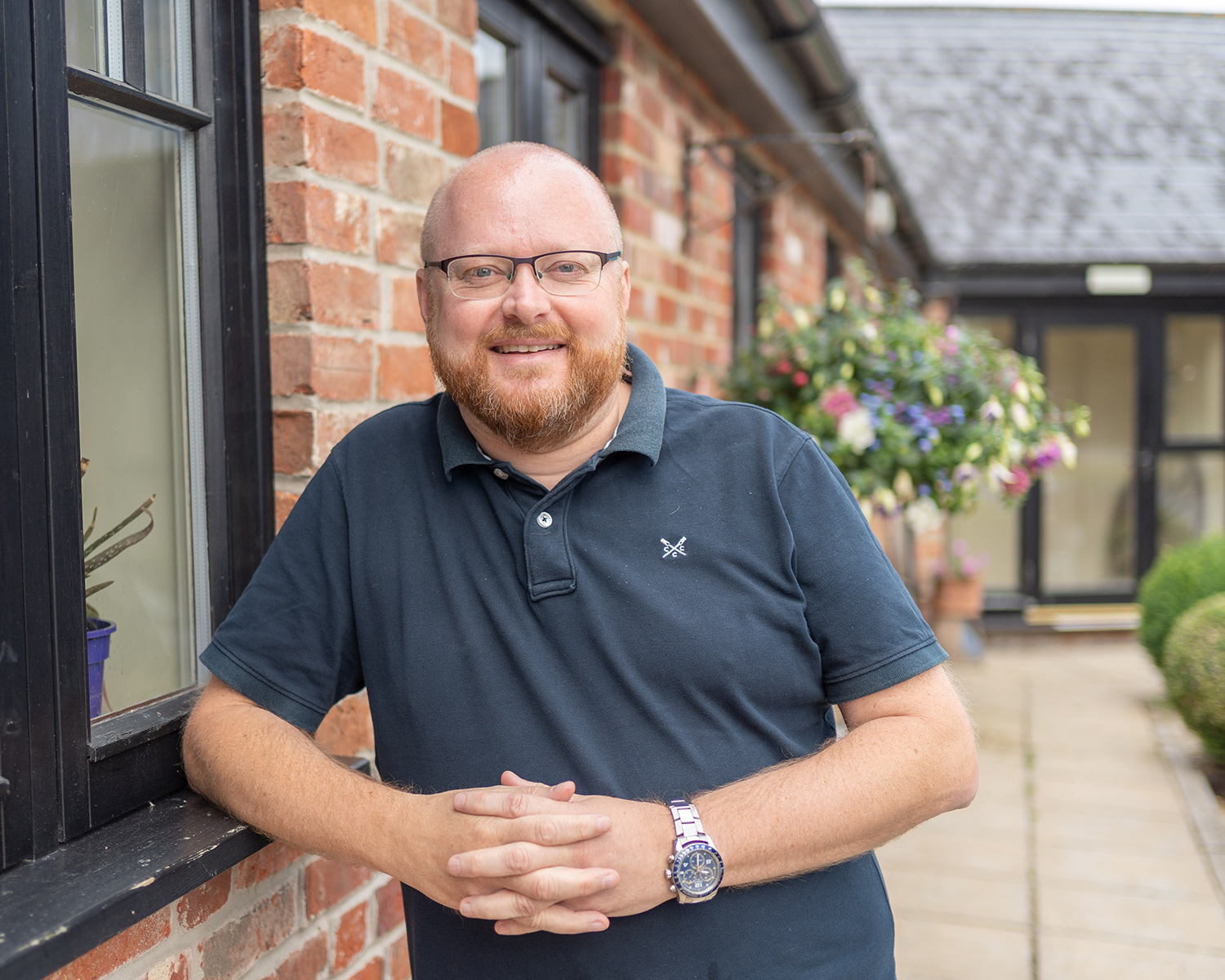
Architect Jonathan Turvey discusses the Fallback Position…
There are few routes available for you to build a new house in open countryside. Using your Permitted Development Rights to change the use of an agricultural building into residential use, subject to prior approval from the Local Authority, has been very popular.
This offers great potential if you have underutilised or redundant buildings. Commonly referred to as Class Q, the legislation allows for the conversion of existing agricultural buildings to provide up to 10 new dwellings.
Some restrictions apply which would prevent using this route in areas such as within the grounds or curtilage of a Listed Building, in a Conservation Area or Area of Outstanding Natural Beauty.
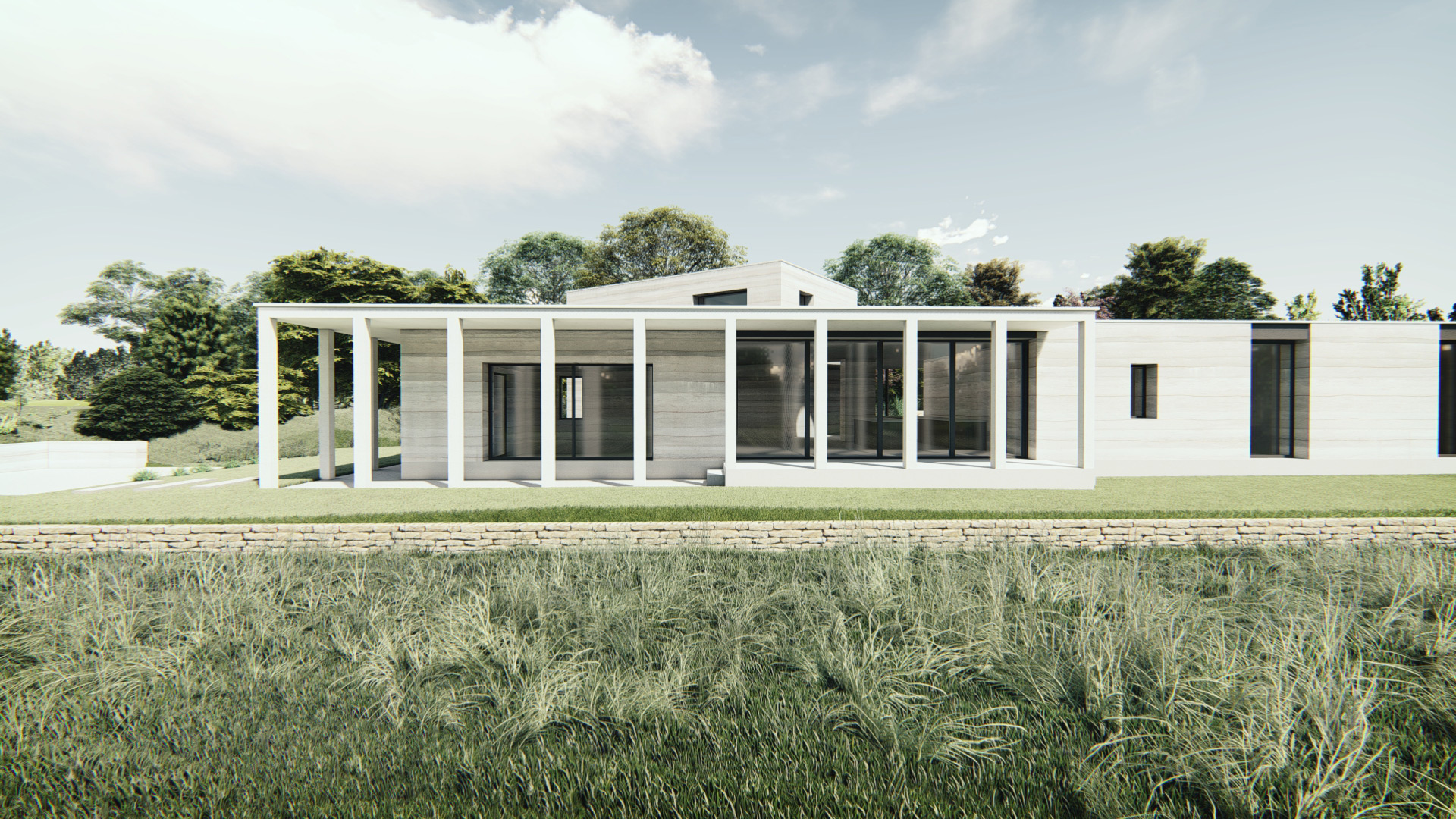
This route also restricts any external alterations to the original building, so many conversions do not maximise the potential of a site, building or your finances. Some buildings are also simply unattractive or too large to make into a beautiful new home. But a Class Q approval does establish the precedent of residential use on the site.
Any further changes such as porches would need to be addressed via a planning application on completion of the conversion of the building, but it is now possible to include a rear extension of up to 4m.
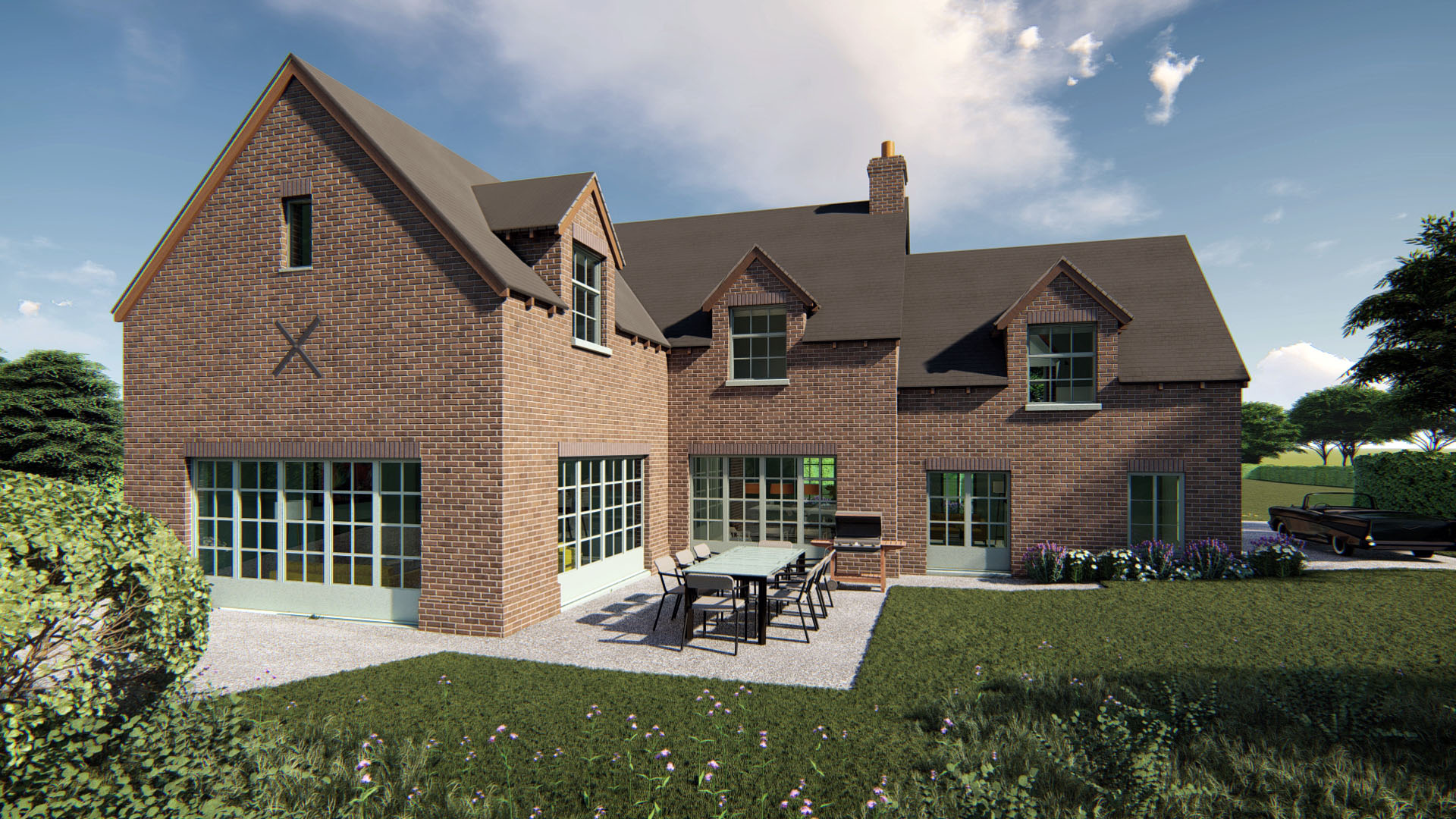
Following a legal challenge, planning authorities now accept that following the grant of approval under Class Q, a planning application can be submitted and considered for approval for a completely new residential development. This is in lieu of converting the existing building, referencing the Class Q as a fallback position to make the case a house has already been approved on site.
There are several distinct advantages to doing this, some of which are;
- You are not constrained by the form and shape of the existing building which will allow you to make better use of the site and provide a more attractive building and surroundings.
- A planning application relying on the fallback position can include changes to external works and ground levels, something not permissible under Class Q. Landscaping proposals are essential to ground a building in its setting.
- There is scope to reposition a new building on the site if it will provide clear enhancement and betterment. Whilst a planning officer might not allow placing the new building a distance away from the existing, we have successfully gained approvals to reposition a building on a site.
- Each application is judged on its own merits but it’s also possible to make the new building larger than the Class Q approval.
- The approval means you will only need to make a start on site within 3 years, whereas a Class Q approval must be complete within 3 years. This gives you flexibility in terms of time to build out the approval.
- Whilst VAT on build costs is reduced to 5% on the conversion of agricultural buildings to residential, there is no VAT if you demolish the existing build a new home.
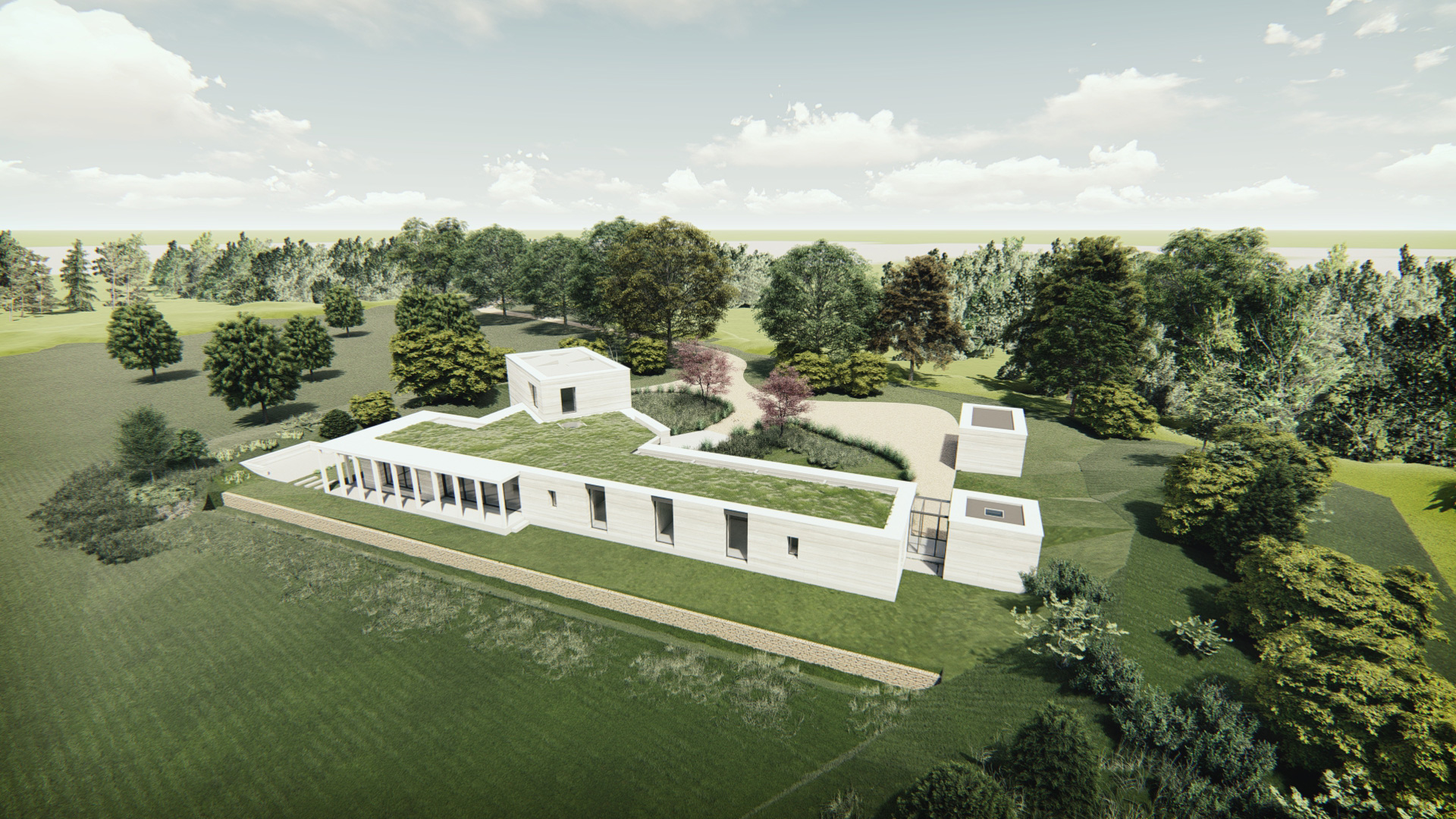
There is no guarantee a Local Authority will grant approval for a Class Q approval, let alone a subsequent planning approval for a new dwelling, but we are receiving an increasing number of approvals which have recognised the legitimate material consideration of the fallback position.
Call us to today to discuss how we can help you with your next project.
#askwda
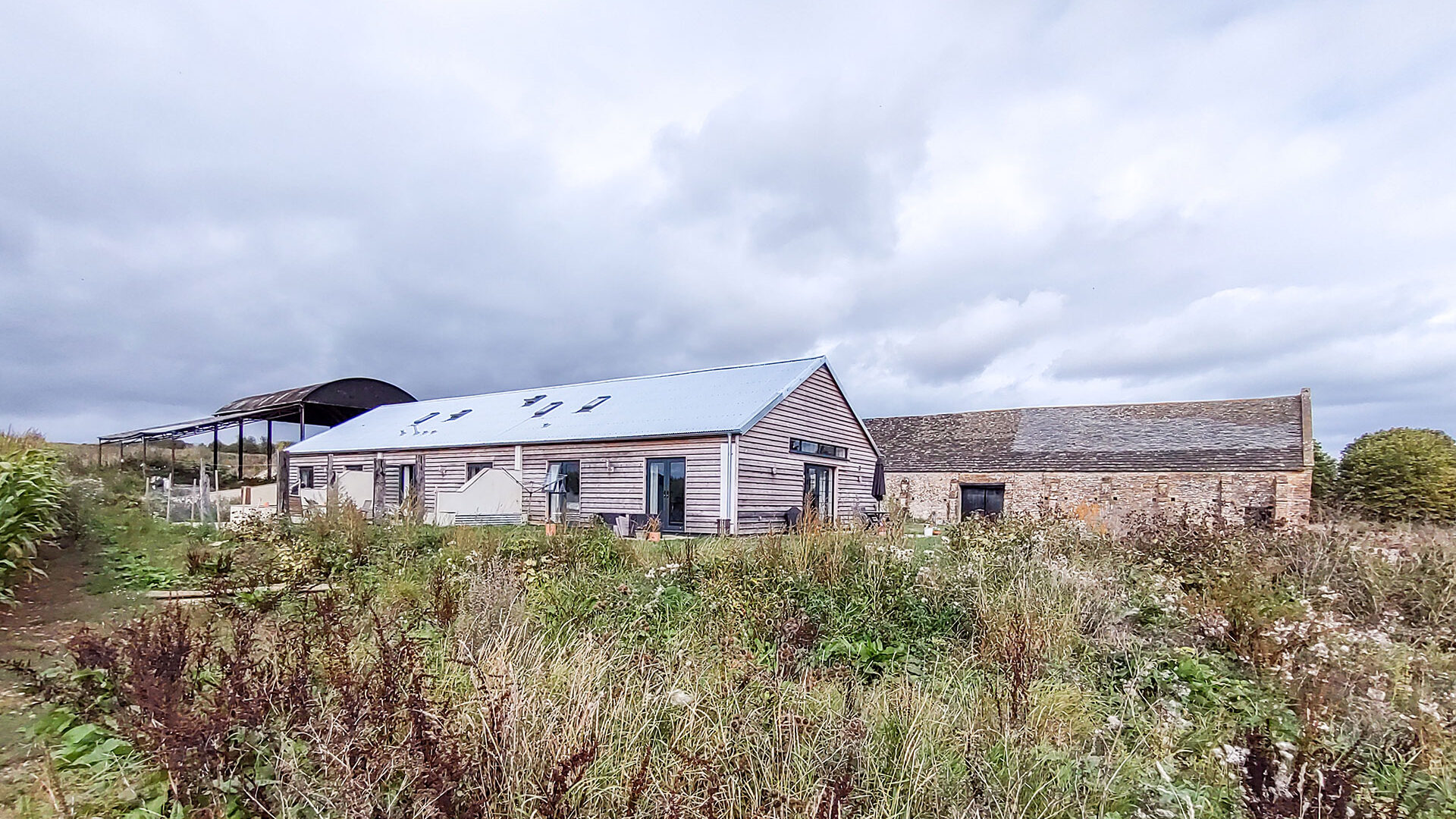
Published 04 August 2024
